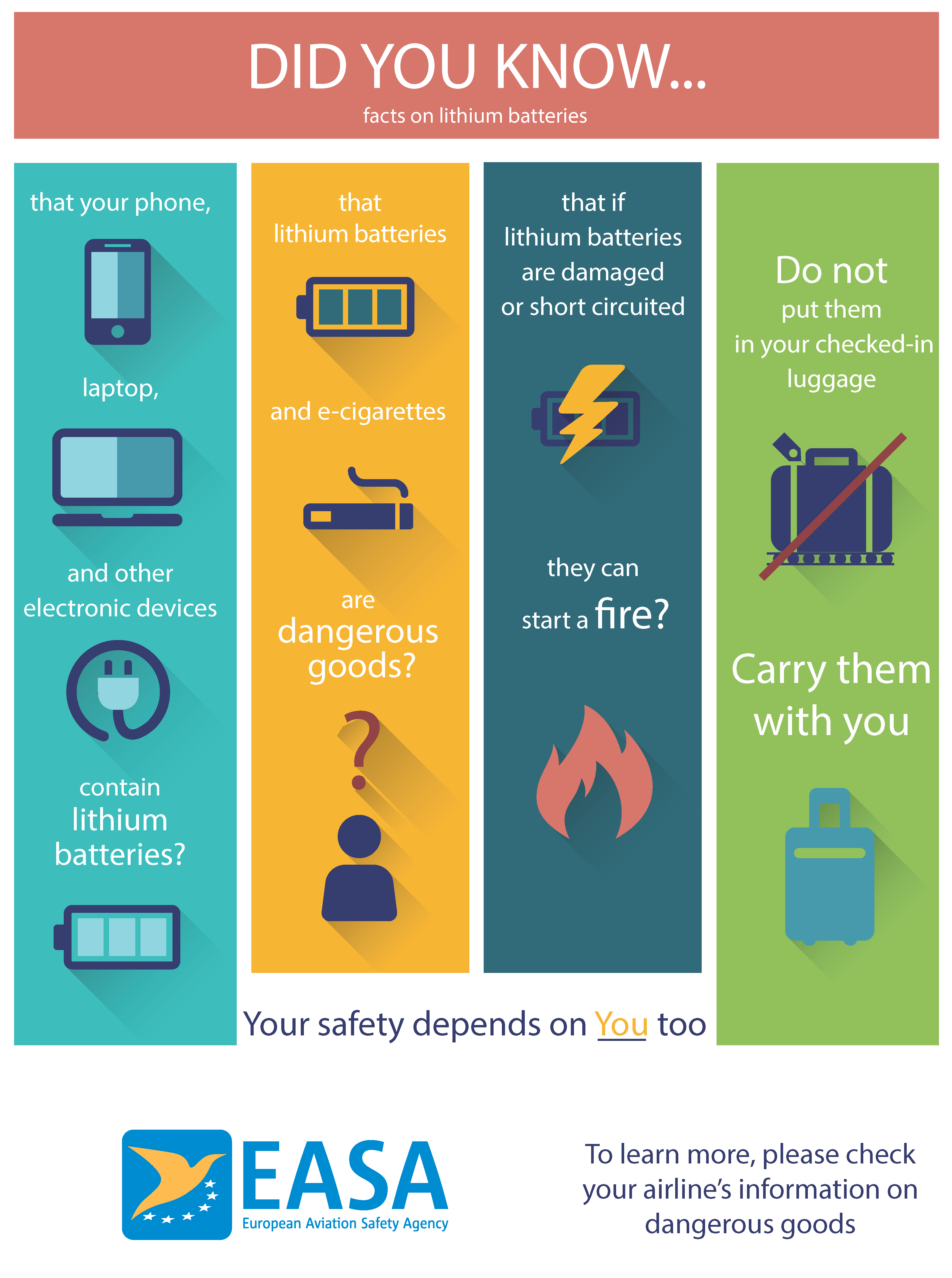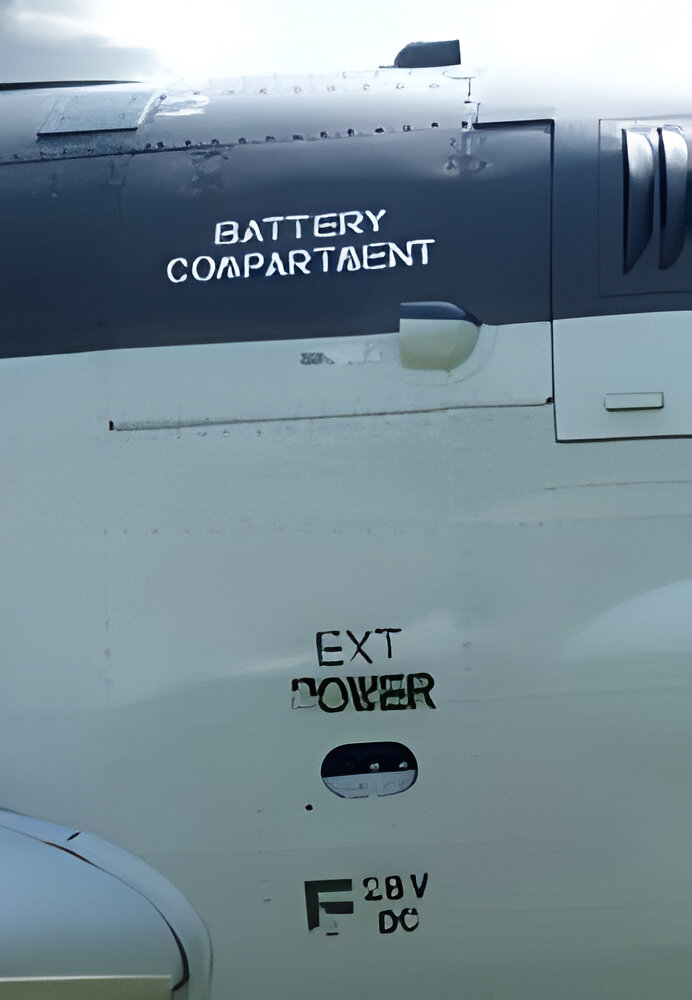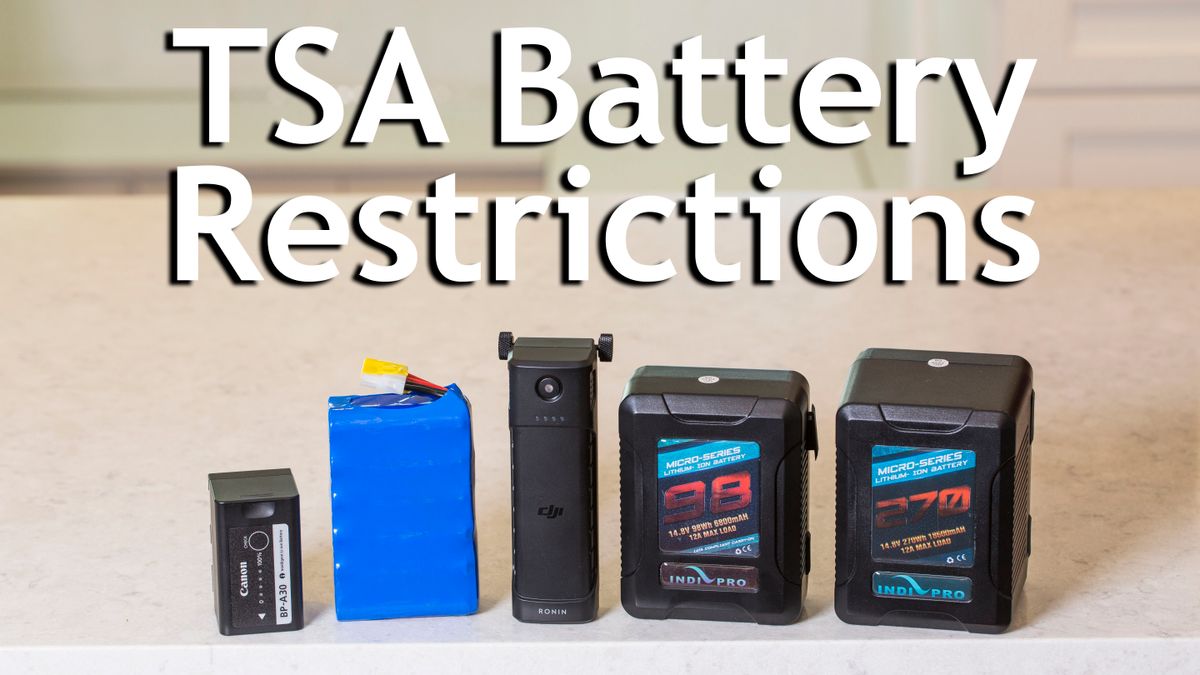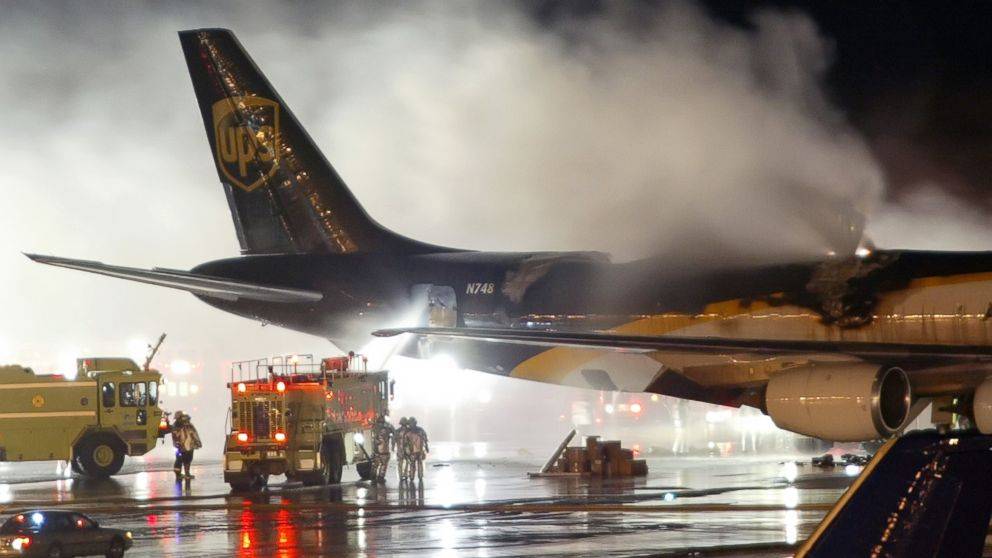Lithium batteries are allowed on planes but with restrictions. Passengers must carry them in carry-on bags, not checked luggage.
Lithium batteries are commonly used in various electronic devices, making them essential for travelers. Airlines have specific guidelines to ensure safety, but lithium batteries can pose a fire risk if not handled correctly. Therefore, passengers must carry them in their carry-on bags.
Each airline may have different rules regarding the watt-hour rating and quantity of batteries allowed. Always check with your airline before traveling. Understanding these regulations helps avoid delays and ensures a smooth travel experience. Proper handling of lithium batteries is crucial for the safety of all passengers. Knowing these rules can make your journey hassle-free and secure.
Lithium Battery on Plane
Lithium batteries are a common power source for numerous devices, from smartphones to laptops, but their inclusion on planes is tightly regulated due to safety concerns. These batteries can potentially overheat and catch fire, posing severe risks during flights. Airlines typically limit the quantity and size of lithium batteries that passengers can carry in both checked and carry-on luggage. Devices containing lithium batteries are generally allowed in carry-on baggage to enable quick access in an emergency. In contrast, spare batteries usually must be individually protected against short circuits. Stringent guidelines set by organizations like the FAA and IATA help ensure passenger safety by minimizing the risks associated with lithium battery transportation in air travel.
Lithium Batteries And Air Travel
Lithium batteries power many devices we use daily. Their role in air travel is significant. Let’s explore their growing prevalence and the safety concerns they pose.
Growing Prevalence Of Lithium Batteries
Lithium batteries are everywhere. They power our phones, laptops, and tablets. Many travelers carry these devices. This makes lithium batteries familiar on flights.
These batteries are light and powerful. They last longer than other batteries. This is why they are popular. Airlines must manage the growing number of lithium batteries on board.
| Device | Common Battery Type |
|---|---|
| Smartphone | Lithium-ion |
| Laptop | Lithium-ion |
| Tablet | Lithium-polymer |
Safety Concerns In Aviation
Lithium batteries can be dangerous. They can overheat and catch fire. This is a big concern for airlines. On any flight, safety comes first.
There are strict rules for carrying lithium batteries on planes. The Federal Aviation Administration (FAA) has guidelines. These rules help keep everyone safe.
- Carry spare batteries in carry-on luggage.
- Keep batteries in their original packaging.
- Cover battery terminals to prevent short circuits.
Airlines train their staff to handle battery-related incidents. They have fire containment bags on board. This helps manage any fire quickly.
Passengers must follow the rules, too. They should check airline policies before flying. This guarantees everyone’s travel safety.
Regulations For Lithium Batteries On Planes
Flying with lithium batteries can be tricky. Airlines have strict rules. These rules keep everyone safe. Let’s explore these regulations in detail.
Faa And Iata Guidelines
The Federal Aviation Administration (FAA) and the International Air Transport Association (IATA) have clear guidelines. These guidelines control how lithium batteries are carried on planes.
- Passengers can carry lithium batteries in their carry-on bags.
- Checked bags can have lithium batteries if they are installed in devices.
- Loose lithium batteries are not allowed in checked bags.
- It’s important to keep spare batteries safe from short circuits.
Both the FAA and IATA limit battery watt-hour (Wh) rating. Batteries under 100 Wh are generally allowed. Larger batteries need airline approval.
Country-specific Regulations
Different countries have their own rules for lithium batteries. Here are some examples:
| Country | Regulations |
|---|---|
| United States | FAA rules apply. Spare batteries in carry-on only. |
| European Union | Similar to the FAA. Batteries over 100 Wh need approval. |
| China | Strict checks. Batteries over 160 Wh need special permits. |
Always confirm the exact regulations of the nation you are visiting. This ensures a hassle-free travel experience.
Types Of Lithium Batteries
Understanding the different types of lithium batteries is crucial for safe air travel. Not all lithium batteries are the same, and each type has unique characteristics. Knowing the differences can help you pack them safely.
Lithium-ion Vs Lithium Metal
Lithium-ion batteries are rechargeable and found in many everyday devices. They power laptops, smartphones, and cameras. These batteries are popular because they can be used again and again.
On the other hand, lithium metal batteries are usually non-rechargeable. These batteries are used in items like watches and medical devices. They offer a long shelf life but cannot be recharged once depleted.
Rechargeable And Non-rechargeable Variants
There are two main types of lithium batteries: rechargeable and non-rechargeable. Understanding the differences can help you pack them correctly for air travel.
| Type | Usage | Characteristics |
|---|---|---|
| Rechargeable | Smartphones, Laptops, Cameras | It can be used multiple times |
| Non-Rechargeable | Watches, Medical Devices | Cannot be recharged |
- Rechargeable lithium batteries are commonly used in portable electronics.
- Non-rechargeable lithium batteries are used in devices where long-term power is needed without recharging.
Both types have specific rules for air travel. Rechargeable batteries must be packed in carry-on luggage. Non-rechargeable batteries should be kept in their original packaging to avoid short circuits.

Credit: www.easa.europa.eu
Packing Lithium Batteries Correctly
Travelling with lithium batteries can be tricky. They are essential for many devices, but they also come with rules. Knowing how to pack them correctly ensures a smooth journey. This guide helps you pack your lithium batteries safely and according to airline regulations.
Carry-on Vs Checked Luggage
One of the most important things is where to pack your lithium batteries. The Federal Aviation Administration (FAA) has clear rules:
- Carry-On Luggage: Most lithium batteries should go in your carry-on bag.
- Checked Luggage: Only larger batteries (like those for electric bikes) may be allowed in checked luggage.
Placing batteries in your carry-on makes it easier for security to inspect them. It also reduces the risk of overheating, which can happen in the cargo hold.
Manufacturer’s Packaging Instructions
Always follow the manufacturer’s packaging instructions for lithium batteries. Here are some steps to help you:
- Use the original packaging if possible.
- Ensure that the battery terminals are protected. This prevents short circuits.
- Each battery should be put in its own plastic bag or protective case.
Use a substantial, rigid container if you don’t have the original packaging. Make sure the batteries cannot move inside the container. This prevents damage during travel.
Table: Quick Reference For Packing Lithium Batteries
| Type of Battery | Carry-On Luggage | Checked Luggage |
|---|---|---|
| Small Lithium Batteries (e.g., phones) | Yes | No |
| Larger Lithium Batteries (e.g., laptops) | Yes | No |
| Very Large Lithium Batteries (e.g., electric bikes) | Check with Airline | Check with Airline |
Capacity Limits And Restrictions
Travelling with lithium batteries on a plane can be confusing. There are strict rules about their capacity limits and restrictions. Understanding these rules ensures your journey is smooth and safe. Let’s dive into the specifics.
Watt-hour Rating Explained
The watt-hour (Wh) rating of a battery measures its capacity. This rating combines voltage (V) and amp-hours (Ah). Airlines use this rating to determine if a battery is safe for travel.
For example, a battery with 3.7V and 2Ah has a 7.4Wh rating. Most airlines allow battery rating up to 100Wh in carry-on luggage. Batteries over 100Wh need special permissions.
To calculate a battery’s watt-hour rating, use this formula:
Wh = V x Ah
Always check your battery’s rating before packing it for a flight.
Special Permissions For Larger Batteries
Batteries with a rating between 100Wh and 160Wh are permitted with special permissions. You can only carry two of these batteries in your carry-on bag. These larger batteries are often used in high-powered devices like drones and professional cameras.
To get permission, contact your airline before your flight. They will provide specific instructions on how to pack these batteries safely. Always ensure that the battery terminals are protected to prevent short circuits.
Here’s a quick reference table for battery restrictions:
| Battery Type | Allowed in Carry-on | Allowed in Checked Luggage |
|---|---|---|
| Up to 100Wh | Yes | No |
| 100Wh to 160Wh | Yes, with special permissions | No |
| Over 160Wh | No | No |
Always follow these guidelines to ensure your batteries are safe for air travel.
Protecting Batteries During Flight
Travelling with lithium batteries can be tricky. Ensuring they are safe during flights is crucial. Let’s explore critical steps to protect your batteries during air travel.
Preventing Short Circuits
Short circuits can be dangerous. To prevent this, protective cases should always be used. These cases cover the battery terminals. Use tape to cover the terminals if you don’t have a case. Keep spare batteries in their original packaging. If the original packaging is unavailable, wrap each battery in a plastic bag. This will help prevent contact with metal objects.
| Do | Don’t |
|---|---|
| Use protective cases or tape | Leave terminals exposed |
| Store in original packaging | Pack with metal objects |
| Wrap in plastic bags | Place loosely in bags |
Temperature And Pressure Considerations
Temperature and pressure changes can affect batteries. Airplane cargo holds can get very cold. Carry batteries in your carry-on luggage to avoid this. In the cabin, temperatures are controlled. Lithium batteries can swell or leak under pressure. Keeping them in the cabin ensures they are in a stable environment.
- Store in carry-on luggage
- Avoid extreme temperatures
- Monitor for swelling or leaks
Properly storing and handling lithium batteries keeps them safe. Follow these tips to ensure a smooth and safe journey.

Responding To In-flight Battery Incidents
Lithium batteries power many of our gadgets. Yet, they can pose risks on planes. Knowing how to respond to battery incidents is crucial for safety. This section explores how the crew and passengers can handle these situations effectively.
Crew Procedures
The crew plays a vital role in managing battery incidents. They follow specific protocols to ensure everyone’s safety.
- Immediate Response: The crew must act quickly to contain the situation. They should use fire extinguishers designed for lithium battery fires.
- Isolation: The affected device should be placed in a fire containment bag. This prevents the spread of fire.
- Communication: Inform the captain immediately. The captain can then decide on the following steps, including a possible emergency landing.
- First Aid: Offer first aid to anyone injured by the incident. This includes treating burns or smoke inhalation.
Passenger Awareness And Actions
Passengers also play a crucial role. Knowing how to respond can help manage the situation better.
- Avoid Panic: Stay calm and listen to the crew’s instructions. Panic can make the situation worse.
- Report: Immediately notify the crew if you see smoke or sparks from a device. Early reporting can prevent escalation.
- Assist: Help move away from the affected area. This creates space for the crew to manage the incident.
- No Water: Do not use water to extinguish the fire. Water can make lithium battery fires worse.
Understanding these procedures ensures a safer flight for everyone. Both crew and passengers must know their roles to handle battery incidents efficiently.

Credit: m.youtube.com
Best Practices For Travelers
Travelling with lithium batteries on planes requires careful planning. Following best practices ensures safety and compliance with airline regulations. This guide provides tips to help travellers manage their lithium batteries effectively.
Charging Before Flight
Charge your devices before heading to the airport. Fully charged batteries reduce the need to charge during the flight.
Airlines often have power restrictions, so having a fully charged device is beneficial. It also prevents potential issues with charging devices on the plane.
Use a reliable charger to avoid overcharging. Overcharging might shorten the battery’s life and cause harm.
| Device | Recommended Charge |
|---|---|
| Laptop | 100% |
| Smartphone | 100% |
| Tablet | 100% |
Monitoring Battery Health
Regularly check the health of your lithium batteries. Healthy batteries are less likely to cause problems during travel.
- Check for any signs of damage, such as swelling or leaking.
- Use battery management apps to monitor battery performance.
- Replace old or damaged batteries before your trip.
Keeping your batteries healthy ensures a safer and more efficient travel experience.
Follow these best practices to ensure a hassle-free journey with your lithium batteries.

Future Of Battery Travel
The future of battery travel looks promising. Lithium batteries are becoming more common on planes. New technologies are making these batteries safer and more efficient. This could change how we travel.
Technological Advancements
Technological advancements in lithium batteries are happening fast. Researchers are finding ways to make batteries last longer. These new batteries can hold more power. They are also becoming lighter, which is essential for planes.
Here are some key advancements:
- Higher energy density: Batteries can store more power.
- Improved safety features: Reducing the risk of overheating.
- Faster charging times: Less waiting for a full charge.
Potential Regulatory Changes
Potential regulatory changes could affect how lithium batteries are used on planes. Regulations ensure the safety of passengers and crew. New rules may allow bigger batteries on flights. This could be a game-changer for long trips.
Here are some possible regulatory changes:
- Increased battery size limits: Allowing more powerful batteries on board.
- Stricter safety checks: Ensuring batteries are safe to use.
- Clearer guidelines: Helping passengers understand what they can bring.
| Advancement | Benefit |
|---|---|
| Higher energy density | More power storage |
| Improved safety features | Reduced overheating risk |
| Faster charging times | Less waiting |

Credit: theslantedlens.com
Frequently Asked Questions
Can I Take Lithium Batteries On A Plane?
Yes, you can take lithium batteries on a plane. Carry spare batteries in your carry-on luggage.
What Happens If You Accidentally Check A Lithium Battery On A Plane?
Airlines may confiscate or safely remove the lithium battery. It could cause delays or additional screening.
Can You Take A Lithium Ion Battery In A Camera On A Plane?
Yes, you can take a lithium-ion battery in a camera on a plane. Ensure it meets airline regulations.
Can You Take Lithium Battery Devices In Hold Luggage?
Yes, you can take lithium battery devices in hold luggage. Ensure the batteries are installed in the devices. For spare batteries, carry them in your hand luggage. Always check airline and country-specific regulations.
Conclusion
Traveling with lithium batteries requires careful planning. Ensure your devices meet airline regulations. Always pack batteries in your carry-on. Proper storage and awareness can prevent mishaps. Travelling safely with lithium batteries ensures a smooth journey. Stay informed and enjoy your trip without worries.
Safe travels with your essential electronics!

I am a battery specialist writer and blogger based in the USA & UK . I have been working with battery power energy for 3 long years and I give trips on low battery power problem and solutions . I have a lot of experience with battery power and I share them here.

